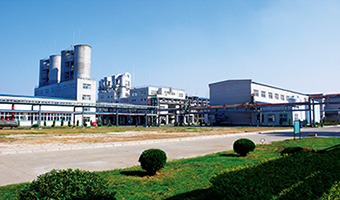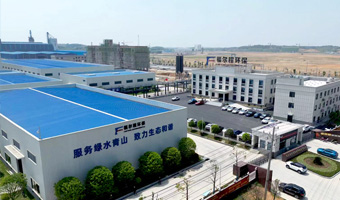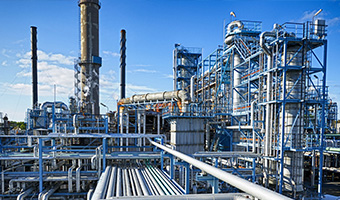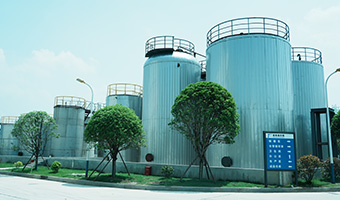The Function of Flocculants
Flocculants, as a means of strengthening solid-liquid separation in the field of sewage treatment, can be used to strengthen the primary sedimentation, flotation treatment and secondary sedimentation after Activated sludge of sewage, and can also be used for tertiary treatment or advanced treatment of sewage. When used for conditioning of excess sludge before dehydration, flocculants and coagulants become sludge conditioners or dehydrating agents.
When applying traditional flocculants, the method of adding coagulant aids can be used to enhance the flocculation effect. For example, if activated silicic acid is used as coagulant aid of inorganic flocculants such as Iron(II) sulfate and Aluminium sulfate and added in sequence, good flocculation can be achieved. Therefore, in simple terms, inorganic polymer flocculant IPF is actually prepared by combining coagulant aids and flocculants and then adding them together to simplify user operations.
Coagulation treatment is usually placed in front of solid-liquid separation facilities, combined with separation facilities to effectively remove particles ranging from 1nm to 100 in raw water μ The suspended solids and colloidal substances of m can reduce effluent turbidity and CODCr, and can be used for pre-treatment and advanced treatment in sewage treatment processes, as well as for residual sludge treatment. Coagulation treatment can also effectively remove microorganisms and pathogens from water, as well as emulsified oil, chromaticity, heavy metal ions, and other pollutants in wastewater. When using coagulation sedimentation to treat phosphorus in wastewater, the removal rate can reach up to 90-95%, making it an inexpensive phosphorus removal method.
The mechanism of action of flocculants
The small size, surface hydration, and electrification of colloidal particles in water make them stable. After adding flocculants to water, they hydrolyze into charged colloids and their surrounding ions, forming a double layer structure of micelles.
The method of rapid stirring after dosing is adopted to promote the collision opportunities and times between colloidal impurity particles in water and the micelles formed by the hydrolysis of flocculants. Impurity particles in water first lose stability under the action of flocculants, and then condense into larger particles, which then settle or float up in the separation facility.
The product GT of Velocity gradient G generated by mixing and mixing time T can indirectly represent the total number of particle collisions in the whole reaction time, and the coagulation reaction effect can be controlled by changing the GT value. Generally, the GT value is controlled between 104 and 105. Considering the impact of impurity particle concentration on collisions, the GTC value can be used as a control parameter to characterize the coagulation effect, where C represents the mass concentration of impurity particles in the sewage, and it is recommended to have a GTC value of around 100.
The process of promoting the rapid diffusion of flocculants into the water and mixing them evenly with all wastewater is called mixing. The process in which impurity particles in water interact with flocculants and lose or reduce stability through mechanisms such as compressing the double layer and neutralization, resulting in the formation of micro flocs, is called coagulation. The process of coagulating and generating micro flocs, under the agitation of bridging materials and water flow, through mechanisms such as adsorption bridging and sediment net capture, to grow into large flocs is called flocculation. The combination of mixing, coagulation, and flocculation is called coagulation, and the mixing process is generally completed in a mixing tank, while coagulation and flocculation are carried out in a reaction tank.
As a high capacity heavy metal chelating agent supplier in China, Hunan Forcheng Environmental Protection has focused on the research, development and production of DTC heavy metal chelating agent "Fumei Sodium" for more than 10 years. Our products are widely used in environmental protection projects, sewage treatment stations, Incineration power plants, electroplating plants, manganese mines and other industries throughout the country, and have achieved remarkable results in sewage treatment, fly ash treatment, soil remediation and other projects, We have established good cooperative relationships with multiple domestic listed companies.












